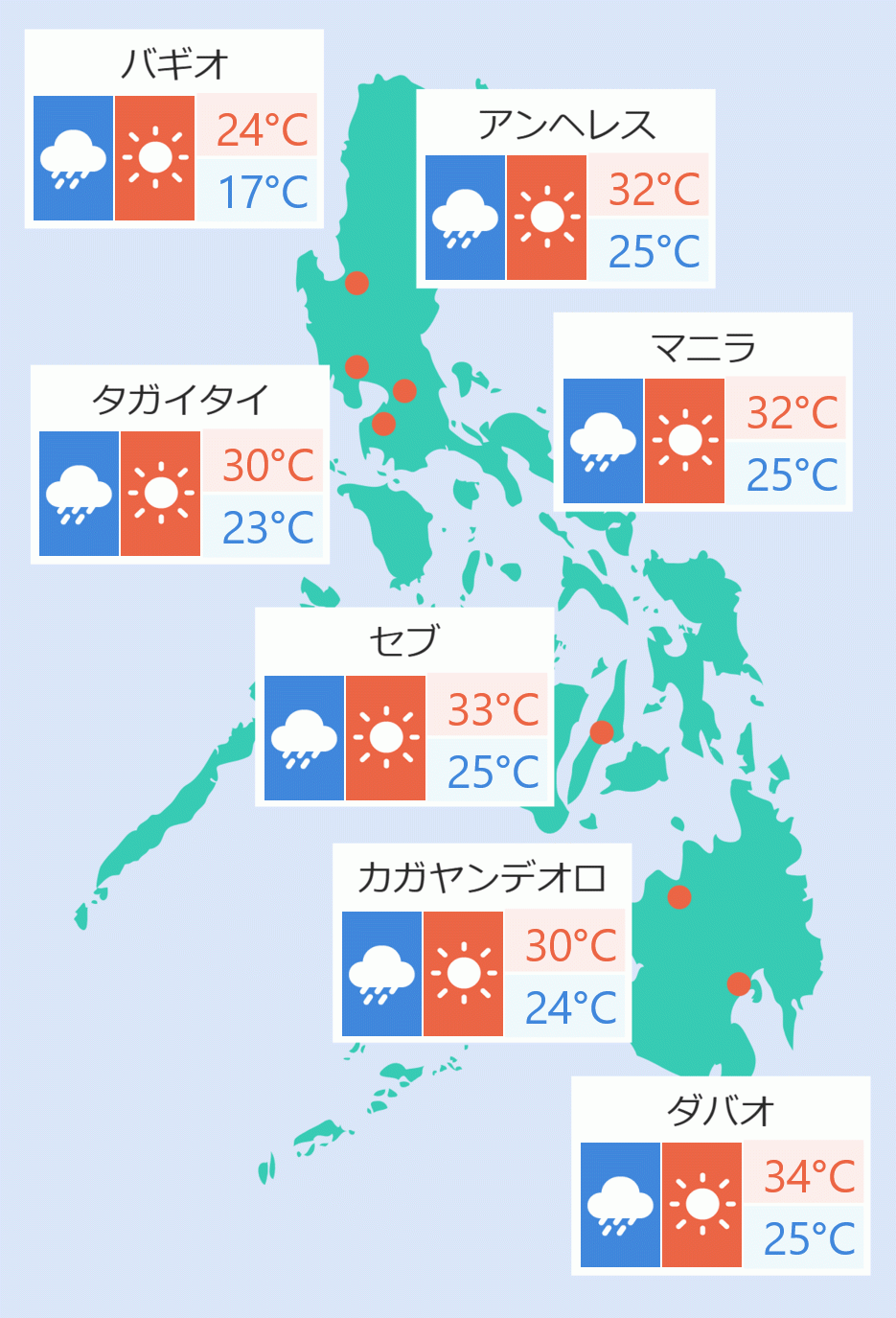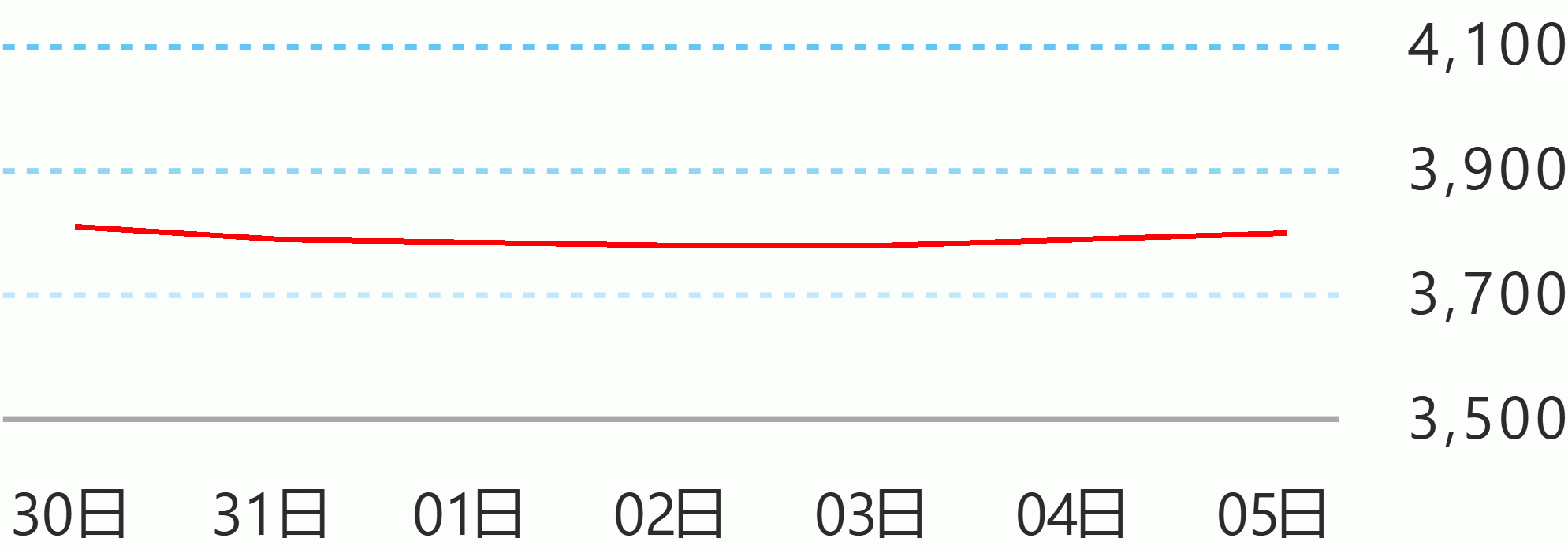The United Nations Educational, Scientific and Cultural Organization (UNESCO) declared province of Bohol as the Philippines' first global geopark.
Bohol is one of the 18 new sites added to the UNESCO Global Geoparks network which brings the total number of geoparks to 195 in 48 countries, including Philippines.
According to UNESCO, Bohol island’s "geological identity has been pieced together over 150 million years, as periods of tectonic turbulence have raised the island from the ocean depths."
UNESCO said the unique karst landscape in Bohol is composed of smooth, conical hills which is the "result of thousands of years of erosion of the limestone on what was once a thick build-up of coral reefs that thrived during the Pliocene approximately 2-5 million years ago."
It also noted that the "traces of the island’s subterranean past can be found in the limestone which forms characteristic karstic structures".
"The geopark abounds in karstic geosites such as caves, sinkholes and cone karst, including the famous cone-shaped Chocolate Hills in the centre of the geopark," it said.
UNESCO said the Danajon Double Barrier Reef along the northern coast of the Island province is "the only one of its kind in Southeast Asia and one of just six documented double barrier reefs on Earth."
"It provides visitors with a chance to discover 6,000 years of coral growth. Danajon Double Barrier Reef consists of two sets of large offshore coral reefs which were formed by a combination of favourable tidal currents and coral growth on a submarine ridge in the area," it stated.
The island province which is part of the Visayas island group is home to 1.4 million inhabitants.
Aside from rice, coconut, corn crops farming, fishery and aquaculture which are the main source of income for the local people in the area, the tourism in the province is also growing as "a prime eco-cultural destination thanks to its white sand beaches, diving spots, magnificent geological formations, rich biodiversity, and cultural heritage." Robina Asido/DMS





 English
English









